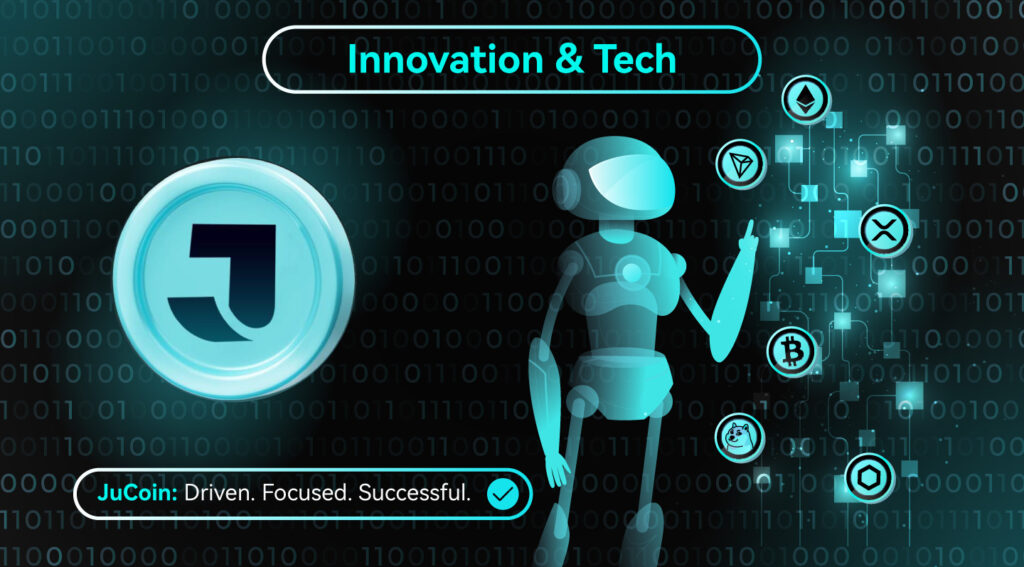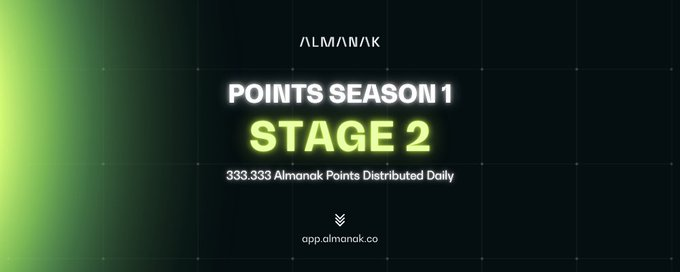
Almanak is an intelligent agent platform for DeFi, focused on zero-code strategy creation and automated execution. With “AI Swarm + quantitative infrastructure,” the platform integrates strategy writing, backtesting, parameter optimization, deployment, and risk control into a non-custodial workflow, while TEE and Safe multisig safeguard privacy and permission boundaries. This Innovation and Tech article analyzes its core features, technical architecture, tokenomics, and ecosystem progress.
Summary: Almanak automates the quantitative strategy pipeline with intelligent agents. It is non-custodial, verifiable, and composable—suited for cross-chain yield, risk management, and automated risk control.
What is Almanak?
Almanak describes itself as an “AI-native DeFi intelligent agent platform.” It combines a “best-practice quant stack” with an agent swarm: users describe strategies in natural language, Almanak generates verifiable code, then completes backtests, Monte Carlo stress tests, parameter search, and go-live. After deployment, monitoring and risk agents continuously watch positions and PnL, automatically rebalancing or hedging when deviating from targets. The entire flow remains self-custodied—no funds move into platform-held accounts.
What are Almanak’s core features?
A typical flow includes six stages: Code & Debug, Backtest, Optimize, Manage Risk, Deploy, Monitor & Update. These stages are standardized agent tasks, enabling institutions to modularize, reuse, and compose multi-chain strategies.
Technology and security architecture
The stack comprises an optimization engine, monitoring tools, developer toolkit, and a deployer, and uses agent-based account abstraction to access multiple chains and protocols. Engineering emphasizes determinism, auditability, and replayability. Key security design includes: non-custody via Safe multisig/smart accounts with scoped permissions, TEE to protect strategies and private parameters from leakage, and on-chain permissions with verifiable code paths to reproduce “institutional-grade” strategies on-chain.
Why choose TEE and Safe?
The official litepaper states that TEEs provide an isolated execution environment, preventing host snooping and frontrunning; Safe/Zodiac smart accounts allow granting agents the “least-privilege” permissions—automating orders without surrendering control of funds.
Which protocols and scenarios are supported?
Typical scenarios include AMM market making (V3-style concentrated liquidity), lending, and hedge management. Agents can auto-rebalance, execute stop-loss/hedges, and connect monitoring signals to the backtesting framework. With general connectors and account abstraction, strategies can extend to stablecoin operations and cross-chain scheduling.
Tokenomics
According to the Token Economy document, the Almanak token incentivizes and governs three core roles: strategy & vault curators, LPs, and regular users. The token also supports governance and staking, rewarding contributors “by performance,” with emissions tied to strategy-generated returns.
Value capture and revenue sources
Two “potential” value-capture paths are proposed: vaults may enable management and performance fees, with future Almanak DAO sharing revenue proportionally; and when users pay compute fees for agent swarms, the platform adds a 1–10% margin above cloud costs as network revenue, later allocated between treasury and emissions.

Ecosystem partnerships and progress
Backers and partners listed on the website include Delphi Labs, HashKey Capital, NEAR Foundation, RockawayX, Shima Capital, Matrix Partners, AppWorks, and BanklessVC.
In August 2025, PANews reported that Almanak raised $8.45 million to accelerate the intelligent agent platform and vault ecosystem, further validating the “agent-driven DeFi infrastructure” track.
Typical integrations and growth
The platform’s “Legion community” organizes and nurtures early contributors and strategy designers. On the product side, it emphasizes “cross-chain zero code” and “institutional-grade code verifiability” to attract wallets, quant teams, and DAO treasuries to migrate asset management into an agent workflow.
Roadmap and risk notes
The roadmap has three phases:
- Phase 1: Public beta and community building, accepting community strategy TVL.
- Phase 2: Target community strategy TVL of $25M, open AI Swarm to users, and launch token-related events and contributor incentives.
- Phase 3: Pivot toward global retail-facing savings and wealth products.
Main risks: model drift and agent failure under extreme markets; TEE trusted-compute and signature-permission misconfiguration; and long-tail smart contract risks in the execution path. Institutions should perform independent security assessments and run risk drills before adoption.
FAQ
Q1: Does Almanak custody user funds?
No. It uses Safe smart accounts and allowlists to ensure self-custody and least-privilege permissions; agents execute trades within granted scopes.
Q2: How is Almanak different from “trading bots”?
Rule-based bots rely on fixed thresholds and struggle with changing environments; Almanak’s intelligent agents reason, learn, and act autonomously—closer to an institutional quant workflow.
Q3: Does it support cross-chain and multi-protocol?
Yes. Via account abstraction and connectors, it accesses multiple chains and major protocols, with strategies built to be modular and reusable.
Q4: What are the main roles of the token?
Governance, staking, and performance-based incentives. Revenue sources include a share of vault management/performance fees and a margin on agent compute fees (per the whitepaper).
Q5: What are the key roadmap milestones?
After Phase 1’s public testing and community building, Phase 2 opens AI Swarm, grows community strategy TVL, and conducts token events; Phase 3 focuses on retail wealth products.
Key Takeaways
Almanak automates end-to-end strategy from code to risk control via “AI Swarm + quant stack + TEE/Safe.”
Tokenomics centers on performance incentives and governance for curators/LPs/users, proposing two value-capture paths: vault fees + compute-fee margin.
Backed by multiple institutions and raised $8.45M, with ecosystem expansion and narrative recognized by the market.
Before adoption, watch permissioning, trusted compute, and extreme-market risks; track subsequent security and audit disclosures.





